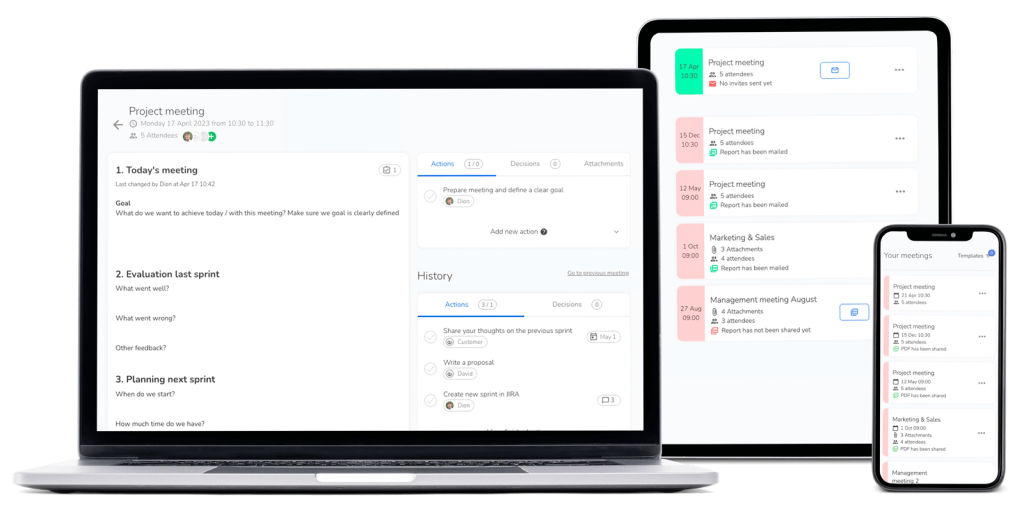Meetings are a common occurrence in many workplaces, yet they are often seen as a necessary evil rather than an effective tool for communication and collaboration. In fact, meetings can be incredibly inefficient, consuming valuable time and resources without delivering significant benefits. Here are some reasons why meetings tend to be inefficient:
- Lack of preparation: One of the main reasons why meetings are often inefficient is the lack of preparation. Many people attend meetings without having a clear idea of the agenda or the goals of the meeting, which can lead to aimless discussions and wasted time.
- Too many attendees: Another common problem with meetings is that there are often too many people in attendance. When there are too many people involved, it can be difficult to get everyone to participate and stay on task, which can lead to long, drawn-out meetings that accomplish little.
- Lack of focus: Meetings often lack focus, which can be a major barrier to productivity. Discussions can easily veer off-topic, with attendees bringing up unrelated issues or engaging in idle chatter.
- Ineffective communication: Poor communication is another major issue that can make meetings inefficient. If attendees aren’t listening to each other, misunderstandings can occur, leading to confusion and delays.
- Lack of follow-up: Finally, meetings can be inefficient if there is no follow-up or action plan. If there is no plan in place to implement the decisions made in the meeting, or if there is no clear timeline for when tasks will be completed, then the meeting can feel like a waste of time.
Overall, meetings can be incredibly inefficient if they are not properly planned and executed. By addressing these common issues, however, it is possible to improve the efficiency of meetings and make them a more productive tool for communication and collaboration in the workplace.













